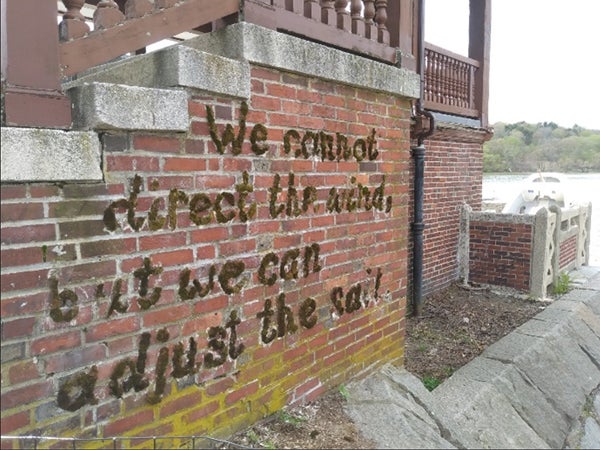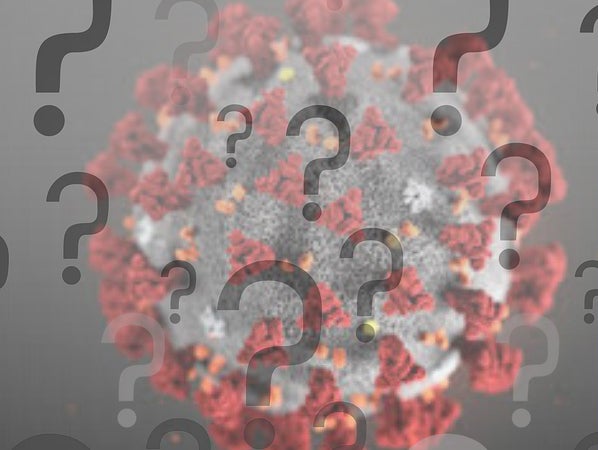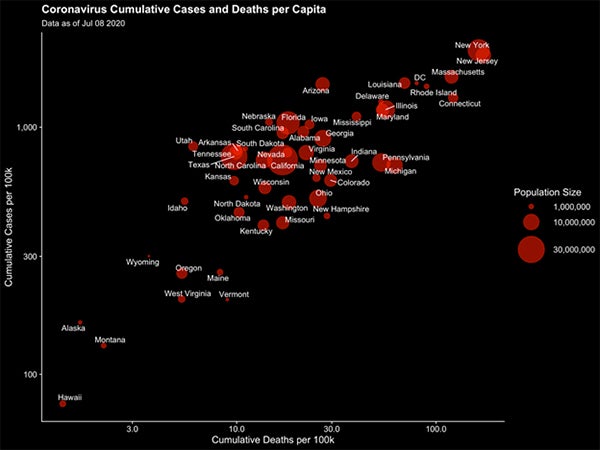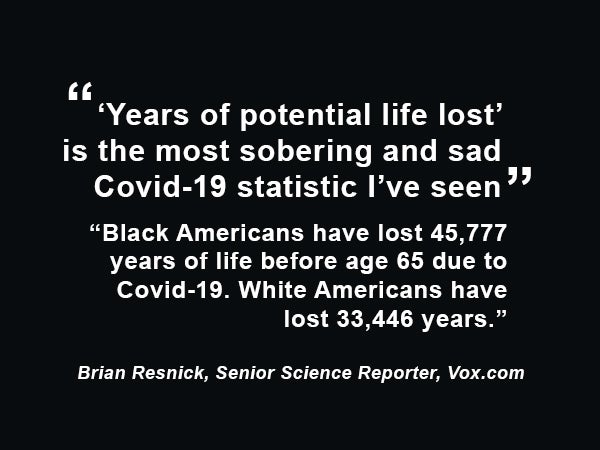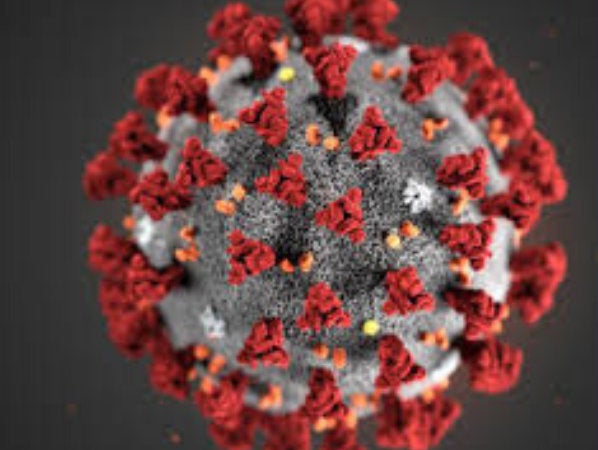Join the National Council for Occupational Safety and Health (National COSH) for a media briefing on Thursday, November 19 at 3:00 PM EST. Nancy Krieger will present data from a recent paper that originated as a Harvard Pop Center Working Paper that shows a link between worker complaints to OSHA about unsafe exposures to COVID-19 and a rise in deaths in the surrounding community.
They’ve worked their way to publication…
A number of recent Harvard Pop Center Working Papers (all of which address the COVID-19 pandemic) have been published in journals (see below). For a complete list, please visit the Harvard Pop Center Working Papers page. Volume 19, #1 has been published in the Journal of Public Health Management & Practice: “Revealing the Unequal Burden of COVID-19 by Income, Race/Ethnicity, and Household Crowding: US County Versus Zip Code Analyses.” Media…
Harvard Pop Center Working Paper cited in New York Times; contributes race and ethnicity data on years of potential life lost by younger American Black and Latinos due to COVID-19
A Harvard Pop Center Working Paper (now published in PLOS Medicine) is referenced in a piece in The New York Times that explores the potential years of life lost in the United States due to COVID-19. Photos (left): by Diana Simumpande on Unsplash; (right) Photo by JoelValve on Unsplash
Working paper shows COVID-19 is spiking in Red counties, flat in Blue this fall
A Harvard Pop Center Working Paper, “The changing political geographies of COVID-19 in the US,” shows that this fall there is a reverse in the trend from the spring, when case counts and excess death rates were higher in counties that lean Democratic. This fall, the counties that lean most Republican are experiencing a spike in cases and death rates, whereas the rates in counties that lean more Democratic are…
Continue reading “Working paper shows COVID-19 is spiking in Red counties, flat in Blue this fall”
1-2-3: Counting the missteps of the U.S. Federal Government’s handling of COVID-19
A new Harvard Pop Center Working Paper assesses the impact of the U.S. Federal Government’s “missteps” regarding the entry, spread and inequities associated with COVID-19. Authors include: William P. Hanage, Christian Testa, Jarvis T. Chen, L. Davis, Elise Pechter, Mauricio Santillana, and Nancy Krieger. Photo credit: Nancy Krieger
STILL MISSING: US racial/ethnic data for COVID-19 cases
A Harvard Pop Center working paper finds that despite a federal policy that went into effect in early June requiring that racial/ethnic data be reported for all COVID-19 cases, it is still not being adequately reported. Based on publicly available data at the CDC website, close to half of the cases reported between August 28, 2020 and September 16, 2020 are still missing this key information. “These findings suggest that…
Continue reading “STILL MISSING: US racial/ethnic data for COVID-19 cases”
Novel animated graphic illustrates lag time between COVID-19 cases and deaths in United States
A Harvard Pop Center working paper presents state-level data on COVID-19 cases and deaths (spanning from January 22 until July 8, 2020) in one animated graphic that helps to illustrate the lag time between cases and deaths. The visualization helps to show the relationship between the two metrics, and could be useful to set expectations following a surge (or decrease) in cases.
Years of potential life lost statistic could help “shake our collective numbness to the pandemic”
The findings of a Harvard Pop Center Working paper by Mary T. Bassett, MD, MPH, Jarvis Chen, ScD, and Pop Center faculty member Nancy Krieger, PhD, is the focal point of an article on Vox.com.
Age reveals clearer picture of COVID-19 mortality inequities across racial and ethnic groups
A Harvard Pop Center working paper by Mary Bassett, MD, MPH, Jarvis Chen, ScD, and Nancy Krieger, PhD, exposes the “magnitude of mortality inequities” across multiple racial and ethnic groups by analyzing age-specific mortality rates. While COVID-19 mortality rates were higher for racial and ethnic minorities at all ages, the rate for those ages 25-54 was 7-9 times higher when compared to the non-Hispanic white population. According to the authors,…
What’s one (big) reason that it’s important to know which groups have been hardest hit by the coronavirus?
To better direct resources (temporary housing, PPE and testing) to those most vulnerable during the next wave of COVID-19, according to Jarvis Chen, one of the authors of the Harvard Pop Center working paper recently published using state public health data obtained by The Boston Globe. Listen to Dr. Chen being interviewed on NPR, or read the summary.

